A new report quietly snuck out by government shows sugar levels are rising. Campaigners want mandatory measures and more levies
When the now-defunct Public Health England (PHE) called a press conference in 2017 to unveil sugar reduction targets across key categories, its CDO Duncan Selbie admitted it was a “much bigger ask” than the FSA’s earlier programme to cut salt.
Last week, as PHE’s successor, the Office for Health Improvement & Disparities, quietly snuck out the final report on the programme (without so much as a press release), that looked like an understatement.
Far from cutting sugar across categories such as confectionery, sweets and chocolate bars by 20% as planned, the report, having gathered dust in the vaults of Whitehall for a year, shows an increase in the amount sold by retailers and food manufacturers of more than 50,000 tonnes.
So what does it mean for the government’s obesity strategy? And will it lead, as demanded by campaigners, to the extension of the soft drinks sugar levy to other categories?
Dramatic reductions?
The report, based on Kantar sales data between a baseline of 2015 and 2020, shows just three categories in retail and manufacturing saw falls in sugar over the period – yoghurts and fromage frais, breakfast cereals and puddings – and none hit the 20% target (see panel, right).
The Department of Health & Social Care claimed there had been “dramatic reductions” in sugar consumed by children in such categories.
“The results demonstrate a voluntary sugar reduction and product reformulation programme can deliver progress, change and innovation,” claims OHID.
But industry sources and campaigners agree the programme has been an abject failure, with lowlights including a 26.9% increase in the tonnes of sugar sold in chocolate confectionery and 24.5% for sweet spreads and sauces.
Leading industry figures told The Grocer it confirmed what they predicted when PHE set the sweeping cross-category target and decided to use a sales weighted average approach to measuring. It was “unmanageable and unachievable”, says Andrea Martinez-Inchausti, BRC assistant director for food.
The progress
3.5%*
reduction in sales weighted average total sugar per 100g in products sold between baseline (2015) and year four (2020)
13.5%
reduction in sugar from yoghurts and fromage frais
14.9%
reduction from breakfast cereals
7.2%
reduction from ice cream, lollies and sorbets
0.5%
overall decrease of sales weighted average calories for products likely to be consumed on a single occasion, based on calories per single serve
7.1%
increase in tonnes of sugar sold in categories included in programme
26.9%
increase in tonnes of sugar sold in chocolate confectionery
Source: OHID sugar reduction report.
*Against a target of 20% reduction
“The original discussions, four years ago, identified that reducing sugar from categories like chocolate confectionery would be difficult, as it would change the nature of products,” Martinez-Inchausti says.
“All the values are the average progress by the industry – whereas many of our members have individually achieved an absolute reduction of more than 20% for some categories.
“The same companies that have been engaged for years, remain engaged. Yet little work has been done to get more companies involved. There is no level playing field and there is little technical support provided for smaller companies who might be struggling to understand how to reduce sugar.”
The report acknowledges the pandemic may have had an impact, with families stocking up on sweet treats in lockdown.
But it also reveals reluctance among manufacturers and retailers to allow their figures to be reported publicly, in part at least because of fears it was an unfair “naming and shaming exercise.”.
Of 106 businesses that were asked, 58 gave permission, five refused and 43 did not reply.
Soft drinks success
In out of home, the strategy was even less successful, achieving just a 0.2% reduction in average sugar per 100g in products sold between its baseline of 2017 and 2020.
Even then much of the OOH data amounted to little more than glorified guesswork. Whilst the data did not cover any takeaway food eaten at home, OHID admits most of the nutrition data from menus for the eating out of home sector was collected in early 2021 when the UK was in its third national lockdown.
Yet an even bigger contrast in fortunes highlighted in the final report is the sugar reduction achieved in the soft drinks sector, which since 2018 has been subject to taxation in the form of the soft drinks levy. It shows that since 2015 overall sales in litres of soft drinks within the scope of the levy increased by 21.3% by 2020, with a huge rise in sales of those containing less than 5g of sugar per 100ml.
Meanwhile the total sugar sales from soft drinks decreased by 34.3% from 135,391 tonnes in 2015 to 89,019 tonnes in 2020.
The largest reduction in sales was to people on long-term state benefits and casual or lowest-grade workers – music to the ears of campaign groups now calling for more taxes.
“The food industry was unable to meet the ambition of the sugar reduction programme and, for many of those involved, it was not through a lack of trying,” says Katharine Jenner, director of the Obesity Health Alliance (OHA).
“There were barriers that prevented sufficient progress, some of which could have been overcome with better structure and more specific targets.
“What’s more, some of these could have been overcome with wider access to technological advances. However, the results show reformulation is possible in almost all food categories, and a level playing field would have helped.
“We hope ministers now understand insufficient progress will continue by using a voluntary approach, and alternative levers are needed.”
Action on Sugar policy and communications officer Hattie Burt adds: “We have seen with the soft drinks industry levy that a well-designed, tiered tax on the manufacturer is a highly effective strategy for incentivising reformulation, and one which does not negatively impact sales.
“We now need mandatory, legislated measures in other categories. Compliance must be enforced, by imposing financial penalties for non-compliance, and progress rewarded.”
“Moreover, instead of a blanket 20% reduction target across all product categories, specific, data-backed upper limits are needed for all contributing categories of sugar to the diet, including alcohol and infant food, which were missed out of the original programme.”
Breaking the cycle
It is far from certain the government will listen to such calls.
When National Food Strategy author Henry Dimbleby published his report in July last year, he argued a new sugar and salt reformulation tax would break the “junk food cycle”.
Even before the government completely ignored his call in its delayed response a year later, Dimbleby accepted there was zero appetite among ministers to bring in such taxes amid the cost of living crisis.
Meanwhile, despite pressing ahead with its ban on HFSS promotions in prominent locations in stores, the government has shelved plans for a ban on HFSS multibuy deals and a crackdown on junk food advertising on television and online.
Indeed, the fact the DH has not yet laid before parliament the legislation to enforce those laws, even with their delayed implementation dates, has led to speculation among health groups that ministers plan to shelve them until after the next general election, at least and that they may never see the light of day.
“The government’s food strategy in the summer spoke about working in partnership with the industry,” says a supplier source. “That’s a positive sign that they are looking to a different approach, and to work in partnership with industry.
“We are expecting next year we can work together to deliver more progress, taking into account what is technically feasible.”
The FDF is calling on Westminster to follow the Scottish government’s Reformulation for Health model, which is focused on providing technical support to help SMEs reformulate products.
Campaigners point to the bullish promises of Boris Johnson and fear they are in danger of amounting to zero.
“Never before has a year seen so much progress in developing a healthy weight strategy, followed by so much regression,” says the OHA’s Jenner.
Indeed, PM Rishi Sunak last week announced plans to invest more than £100m in tackling the biggest health challenges facing the NHS, including the £6.1bn annual cost of obesity. The plans include the recruitment of a new £100,000-a-year obesity tsar.
With an emphasis on a new “mission-based” approach, inspired by the technical breakthroughs of the Covid vaccine programme, the move may signal a government that wants to partner with businesses rather than hammer them with new taxes.







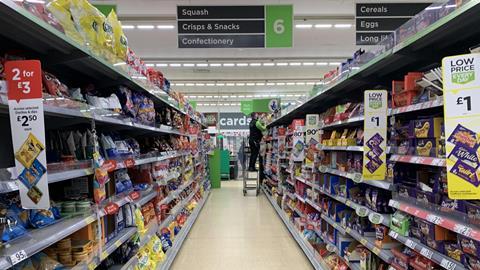
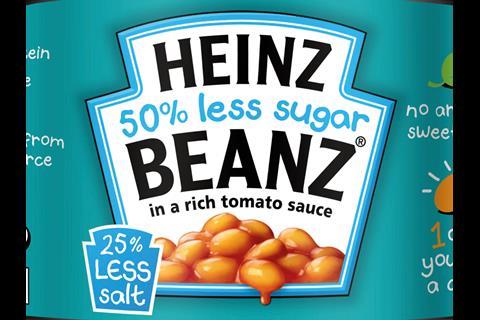





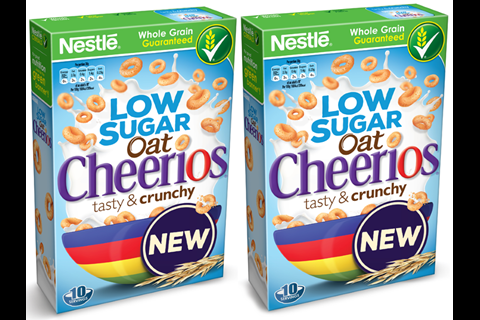
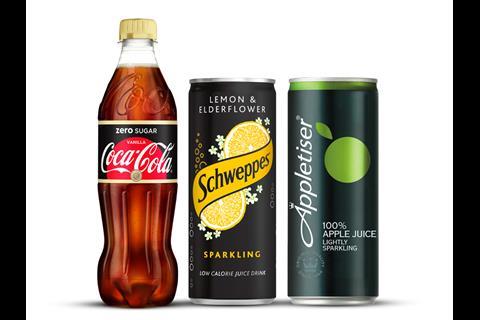



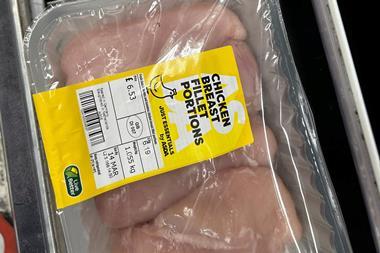
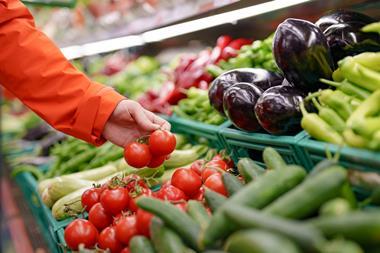






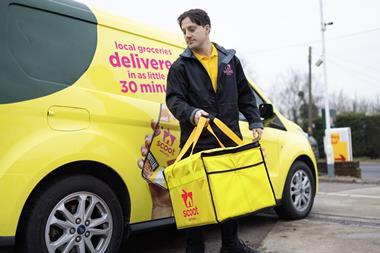
1 Readers' comment